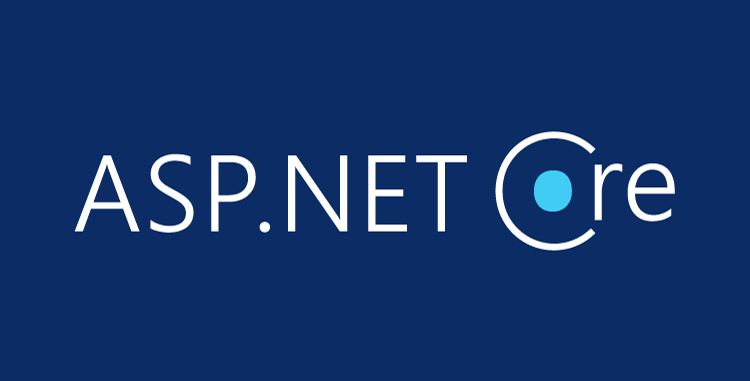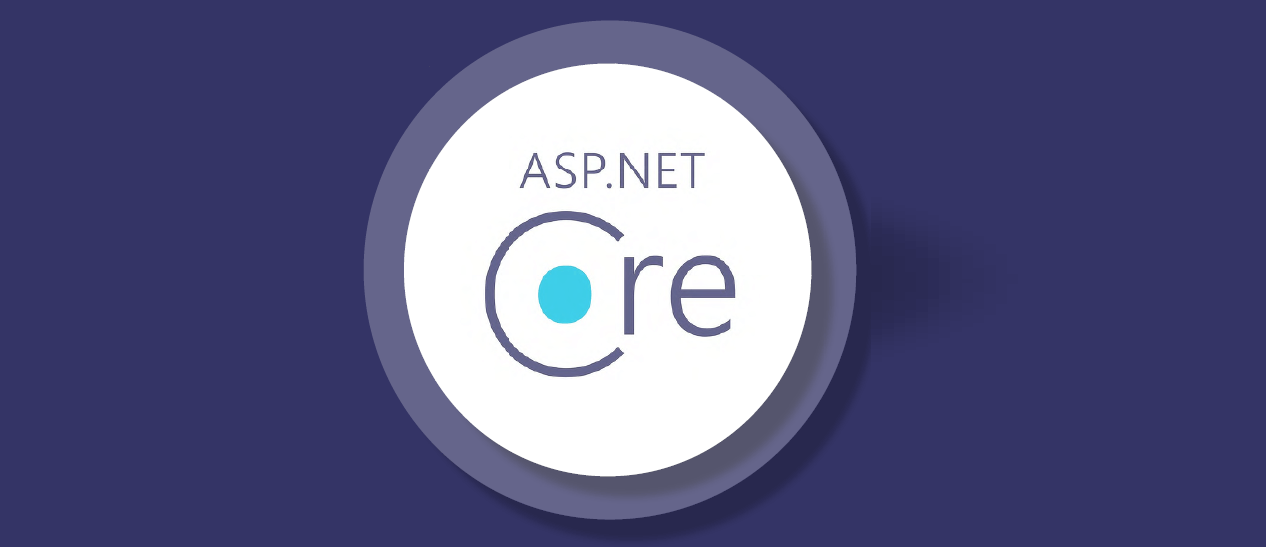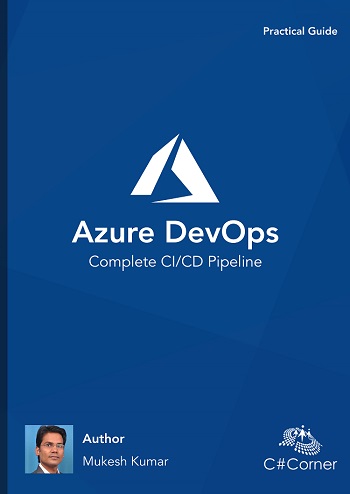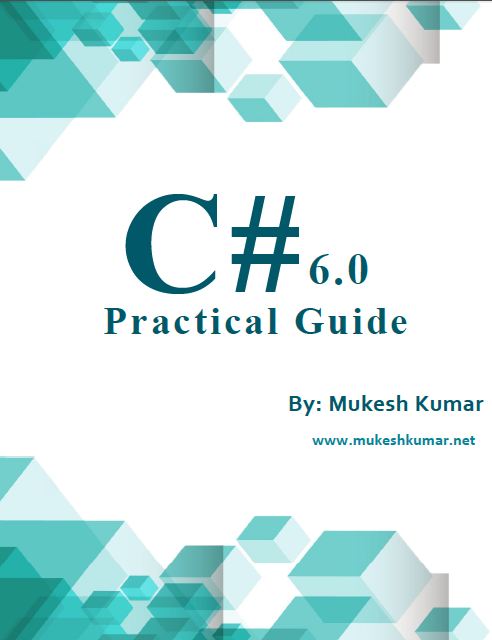Today, we will understand the difference between and .Net Framework and .Net Core and how these both are different from .Net Standard and why we should use .Net Standard.
This article will explain to you how to perform CRUD (Create, Read, Update and Delete) operations in Asp.Net Core Web API using Entity Framework Core.
This article will demonstrate you about how to perform CRUD operations in Razor Page which introduced with Asp.Net Core 2 using Dapper and Repository Pattern.
A new feature has introduced with Asp.Net Core 2.0 and it is a Razor Page. So, we can say, now we have a new type of template that is very much similar to MVC that is Razor Page.
This article will teach you how you can deploy or host you Asp.Net Core 2.0 web application on IIS. The hosting of Asp.Net Core 2.0 is little different from hosting in Asp.Net.
Recently Microsoft announced new version of Asp.Net Core along with .Net Core and that is Asp.Net Core 2.0 which has new and amazing features which not only improve performance as well as increase productivity and enhance you application more robust and reliable. I am very excited to share features of Asp.Net Core 2.0.
You can use Asp.Net Core 2.0 with Visual Studio 2017 version 15.3. You can download .NET Core SDK 2.0 to avail these features. Asp.Net Core 2.0 has come up some new features. So, let’s start to understand not all but top 10 features of Asp.Net Core 2.0.
You can use Asp.Net Core 2.0 with Visual Studio 2017 version 15.3. To use .Net Core 2.0 features, First you can .NET Core SDK 2.0 and then upgrade Visual Studio 2015 or 2017 using “Visual Studio Installer” with .Net Framework 4.6 and higher version Or you can do fresh installation of Visual Studio 2017 version 15.3 and must select .Net Framework 4.7.
Pages : 1



